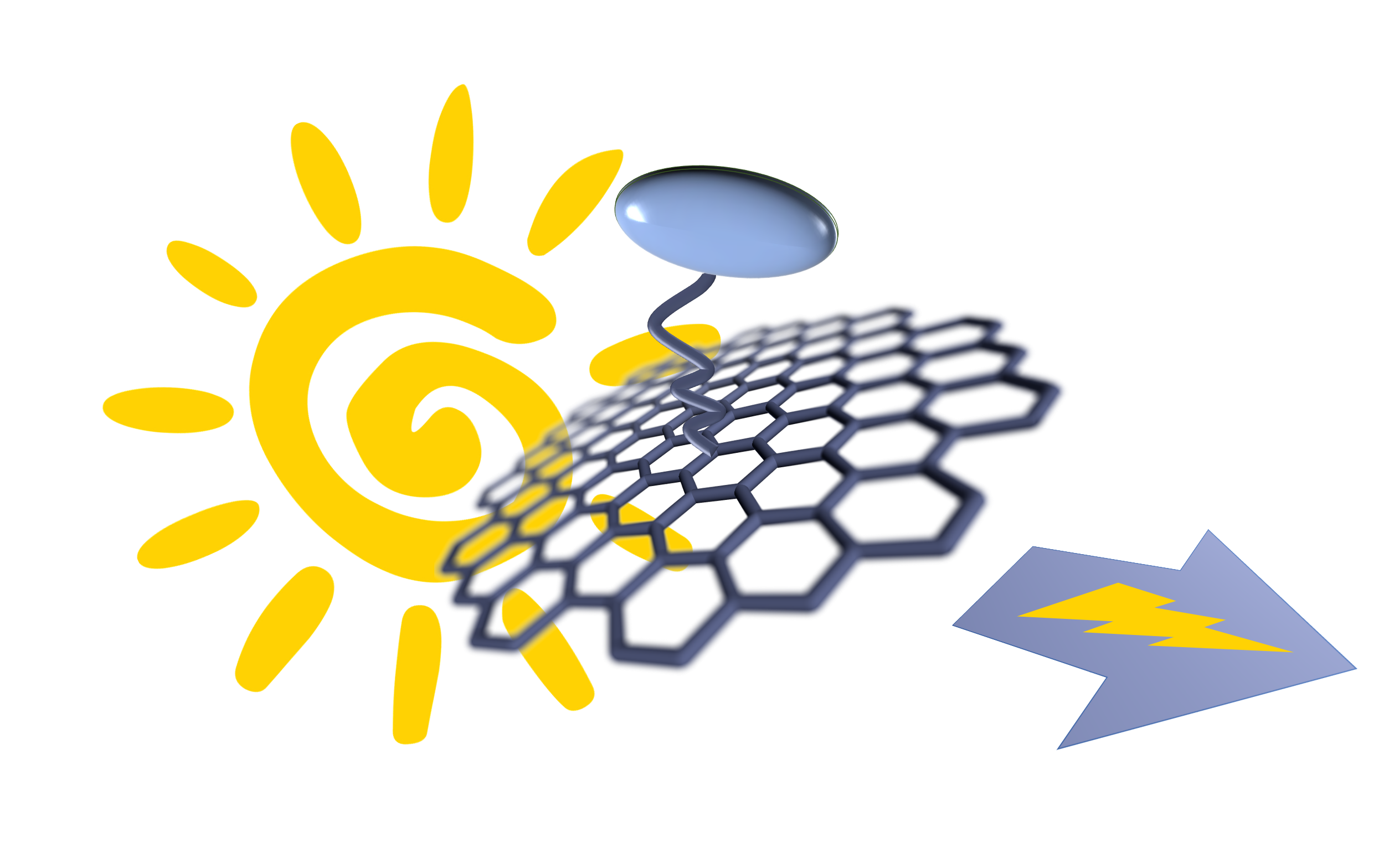This review proposes an overview on the use of organic functionalized carbon nanostructures (CNSs) into solar energy conversion schemes. Our attention has focused in particular on the contribution given by organic chemistry to the development of new hybrid materials that find application in dye sensitized solar cells (DSSC), organic photovoltaics (OPV), perovskite solar cells (PSC) and also in photocatalytic fuel production, focusing in particular on the most recent literature. The request for new materials able to accompany the green energy transition that are abundant, low cost, with low toxicity, from renewable sources has further increased the interest in CNSs that meet all these requirements. The inclusion of an organic molecule, thanks to both covalent and non-covalent interactions, into a CNS, leads to the development of a completely new hybrid material able of combining and improving the properties of both starting materials. Besides the numerical data, which unequivocally state the positive effect of the new hybrid material, we hope that these examples can be inspiring for further research in the field of photoactive materials from an organic point of view.

